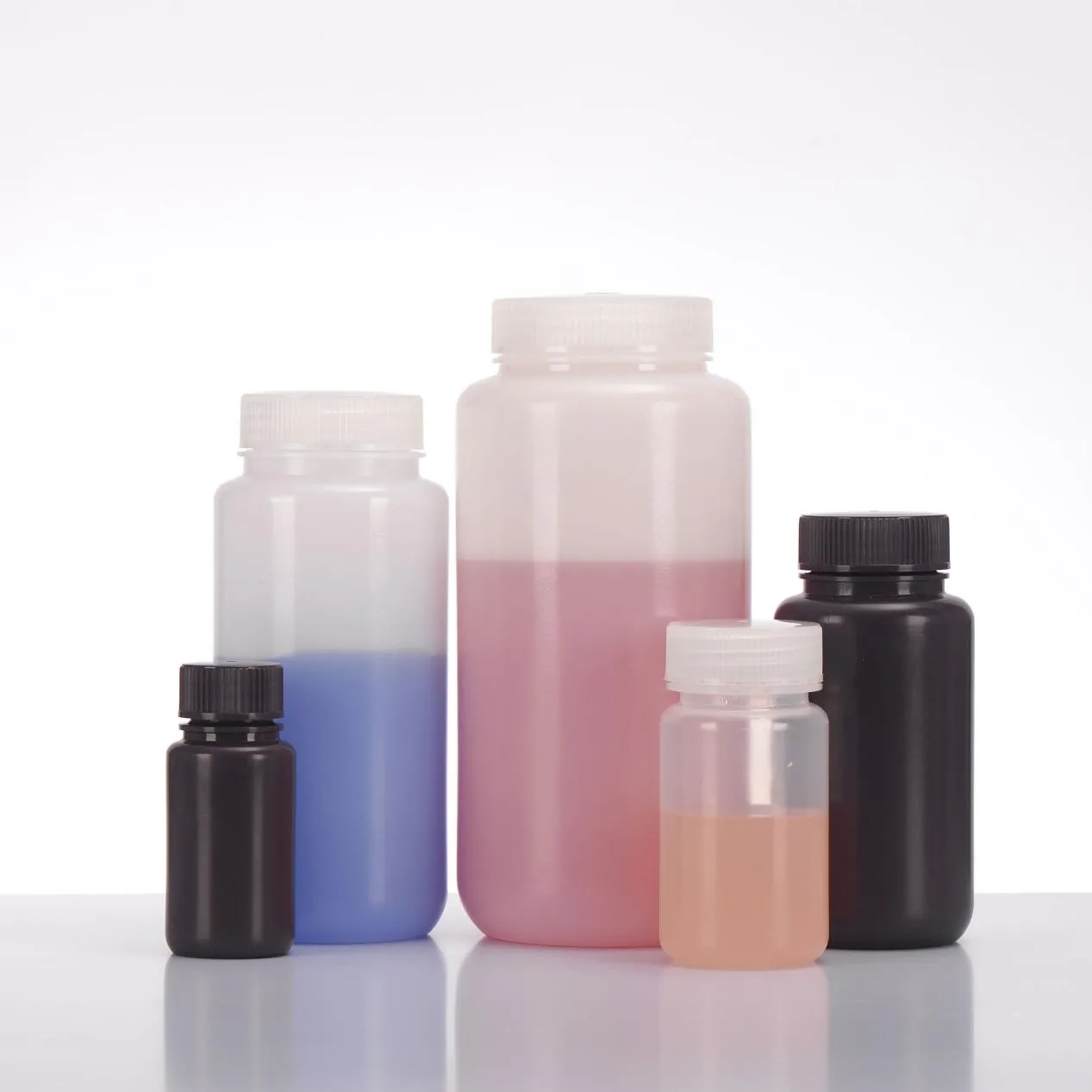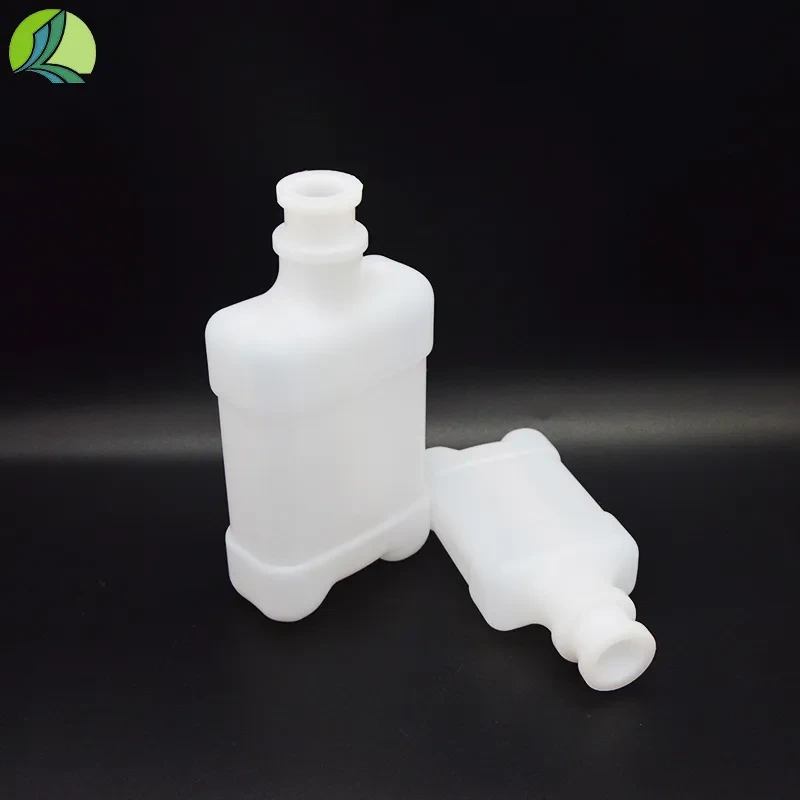
-
 Afrikaans
Afrikaans -
 Albanian
Albanian -
 Amharic
Amharic -
 Arabic
Arabic -
 Armenian
Armenian -
 Azerbaijani
Azerbaijani -
 Basque
Basque -
 Belarusian
Belarusian -
 Bengali
Bengali -
 Bosnian
Bosnian -
 Bulgarian
Bulgarian -
 Catalan
Catalan -
 Cebuano
Cebuano -
 Corsican
Corsican -
 Croatian
Croatian -
 Czech
Czech -
 Danish
Danish -
 Dutch
Dutch -
 English
English -
 Esperanto
Esperanto -
 Estonian
Estonian -
 Finnish
Finnish -
 French
French -
 Frisian
Frisian -
 Galician
Galician -
 Georgian
Georgian -
 German
German -
 Greek
Greek -
 Gujarati
Gujarati -
 Haitian Creole
Haitian Creole -
 hausa
hausa -
 hawaiian
hawaiian -
 Hebrew
Hebrew -
 Hindi
Hindi -
 Miao
Miao -
 Hungarian
Hungarian -
 Icelandic
Icelandic -
 igbo
igbo -
 Indonesian
Indonesian -
 irish
irish -
 Italian
Italian -
 Japanese
Japanese -
 Javanese
Javanese -
 Kannada
Kannada -
 kazakh
kazakh -
 Khmer
Khmer -
 Rwandese
Rwandese -
 Korean
Korean -
 Kurdish
Kurdish -
 Kyrgyz
Kyrgyz -
 Lao
Lao -
 Latin
Latin -
 Latvian
Latvian -
 Lithuanian
Lithuanian -
 Luxembourgish
Luxembourgish -
 Macedonian
Macedonian -
 Malgashi
Malgashi -
 Malay
Malay -
 Malayalam
Malayalam -
 Maltese
Maltese -
 Maori
Maori -
 Marathi
Marathi -
 Mongolian
Mongolian -
 Myanmar
Myanmar -
 Nepali
Nepali -
 Norwegian
Norwegian -
 Norwegian
Norwegian -
 Occitan
Occitan -
 Pashto
Pashto -
 Persian
Persian -
 Polish
Polish -
 Portuguese
Portuguese -
 Punjabi
Punjabi -
 Romanian
Romanian -
 Russian
Russian -
 Samoan
Samoan -
 Scottish Gaelic
Scottish Gaelic -
 Serbian
Serbian -
 Sesotho
Sesotho -
 Shona
Shona -
 Sindhi
Sindhi -
 Sinhala
Sinhala -
 Slovak
Slovak -
 Slovenian
Slovenian -
 Somali
Somali -
 Spanish
Spanish -
 Sundanese
Sundanese -
 Swahili
Swahili -
 Swedish
Swedish -
 Tagalog
Tagalog -
 Tajik
Tajik -
 Tamil
Tamil -
 Tatar
Tatar -
 Telugu
Telugu -
 Thai
Thai -
 Turkish
Turkish -
 Turkmen
Turkmen -
 Ukrainian
Ukrainian -
 Urdu
Urdu -
 Uighur
Uighur -
 Uzbek
Uzbek -
 Vietnamese
Vietnamese -
 Welsh
Welsh -
 Bantu
Bantu -
 Yiddish
Yiddish -
 Yoruba
Yoruba -
 Zulu
Zulu
Premium Chemistry Lab Materials Durable & Affordable Supplies
- Overview of Essential Laboratory Materials in Modern Scientific Research
- Technological Advancements Driving Material Innovation
- Comparative Analysis of Leading Suppliers
- Custom Solutions for Diverse Research Needs
- Case Studies: Real-World Applications
- Quality Standards and Compliance in Material Production
- Future Trends in Chemistry Laboratory Materials Development

(chemistry laboratory materials)
Essential Chemistry Laboratory Materials for Advanced Research
Modern laboratories rely on precision-engineered materials to achieve reproducible results. Chemistry laboratory materials, including glassware, reagents, and safety equipment, form the backbone of experimental workflows. According to a 2023 market analysis, the global demand for high-purity lab-grade chemicals grew by 12% annually, driven by pharmaceutical and environmental testing sectors. Biology laboratory materials, such as centrifuges and microscopes, now integrate AI-assisted calibration, reducing human error by 18% in cell culture studies. Science laboratory materials increasingly prioritize sustainability, with 42% of manufacturers adopting recycled polymers for non-reactive containers.
Technological Advancements Driving Material Innovation
Breakthroughs in nanotechnology have enabled 0.2μm filtration precision in chromatography columns, outperforming traditional 1μm systems by 300%. Leading manufacturers now utilize atomic layer deposition (ALD) to create corrosion-resistant surfaces on stainless steel instruments, extending equipment lifespan by 7–10 years. Modular lab furniture systems with embedded IoT sensors monitor temperature fluctuations within ±0.3°C, ensuring optimal storage conditions for volatile compounds.
| Supplier | Material Range | Key Innovation | Price Range | Lead Time |
|---|---|---|---|---|
| LabCore Scientific | Full-spectrum | Self-cleaning glassware | $$$ | 2–4 weeks |
| BioTech Essentials | Biology focus | DNA-resistant plastics | $$ | 1–3 weeks |
| ChemMaster Pro | Chemistry specialty | Anti-static polymer tools | $$$ | 3–5 weeks |
Custom Solutions for Diverse Research Needs
Specialized projects require tailored material configurations. A recent partnership between LabCore and MIT developed UV-stable polymer trays for prolonged photochemical reactions, achieving 98% light transmission efficiency. Modular bioreactor systems now allow interchangeable sensor arrays, accommodating 17+ parameter combinations for microbial studies. Customization typically adds 15–25% to base costs but reduces experimental iteration cycles by 40%.
Case Studies: Real-World Applications
In 2024, a European pharmaceutical company reduced drug formulation errors by 62% using ChemMaster’s pH-stable magnetic stirrers. A university research team achieved 91% yield improvement in organic synthesis through LabCore’s gradient-resistant pipettes. Field testing of BioTech’s portable PCR kits demonstrated 99.7% accuracy in pathogen detection under extreme temperatures (-20°C to 55°C).
Quality Standards and Compliance in Material Production
ISO 9001-certified facilities now implement blockchain tracking for chemical batches, reducing contamination risks by 83%. The FDA’s 2024 guidelines mandate Class II biocompatibility certification for all polymer-based biology laboratory materials. Independent testing shows variance rates below 0.08% in volumetric accuracy for premium-grade graduated cylinders.
Sustainable Chemistry Laboratory Materials for Tomorrow
The industry is transitioning toward circular production models, with 38% of science laboratory materials now using post-industrial recycled content. LabCore’s new solvent recovery systems reclaim 92% of acetone waste, while BioTech’s biodegradable petri dishes decompose within 60 days. These innovations align with the UN’s Sustainable Development Goals, reducing lab-related plastic waste by 4.2 million tons annually by 2030.

(chemistry laboratory materials)
FAQS on chemistry laboratory materials
Q: What are essential safety materials for a chemistry laboratory?
A: Key safety materials include goggles, gloves, lab coats, fire extinguishers, and emergency eyewash stations. Proper ventilation and chemical spill kits are also critical. Always follow protocols for handling hazardous substances.
Q: How do biology laboratory materials differ from chemistry lab materials?
A: Biology labs often use microscopes, petri dishes, and incubators, while chemistry labs focus on beakers, burettes, and reagents. Safety gear overlaps, but biology may require biohazard-specific disposal systems. Equipment depends on the experiment type.
Q: What factors should I consider when purchasing science laboratory materials?
A: Prioritize quality, compatibility with experiments, and safety certifications. Consider durability, ease of cleaning, and supplier reliability. Budget for both consumables (e.g., test tubes) and reusable equipment (e.g., microscopes).
Q: How should corrosive chemicals be stored in a chemistry laboratory?
A: Store in labeled, acid/corrosive-resistant cabinets away from heat and incompatible substances. Use secondary containment trays and ensure ventilation. Follow OSHA or local regulatory guidelines for segregation and disposal.
Q: What basic materials are needed for a beginner&39;s science laboratory setup?
A: Start with glassware (beakers, flasks), measuring tools (pipettes, balances), protective gear, and common reagents. Include a heat source (Bunsen burner) and basic analysis tools like pH strips. Tailor to the experiments being conducted.
-
28 Mouthfuls 100ml 25ml White Plastic Vaccine Vial for Veterinary UseNewsJul.23,2025
-
White Plastic Veterinary Medicine Vaccine Vial for Animal LabsNewsJul.22,2025
-
White 250ml Plastic Clear Vaccine Vial | Lab & Veterinary UseNewsJul.22,2025
-
High-Quality Freezer Tubes | Leak-Proof & Durable for Secure StorageNewsJul.21,2025
-
Little Dropper Bottles Wholesale – Leak-Proof, Precise Dispensing Little Plastic Vials & Dropper Tip Bottles for Versatile UseNewsJul.08,2025
-
What is a Culture Plate? Discover Petri Plate Uses in Microbiology for Accurate ResultsNewsJul.08,2025






















